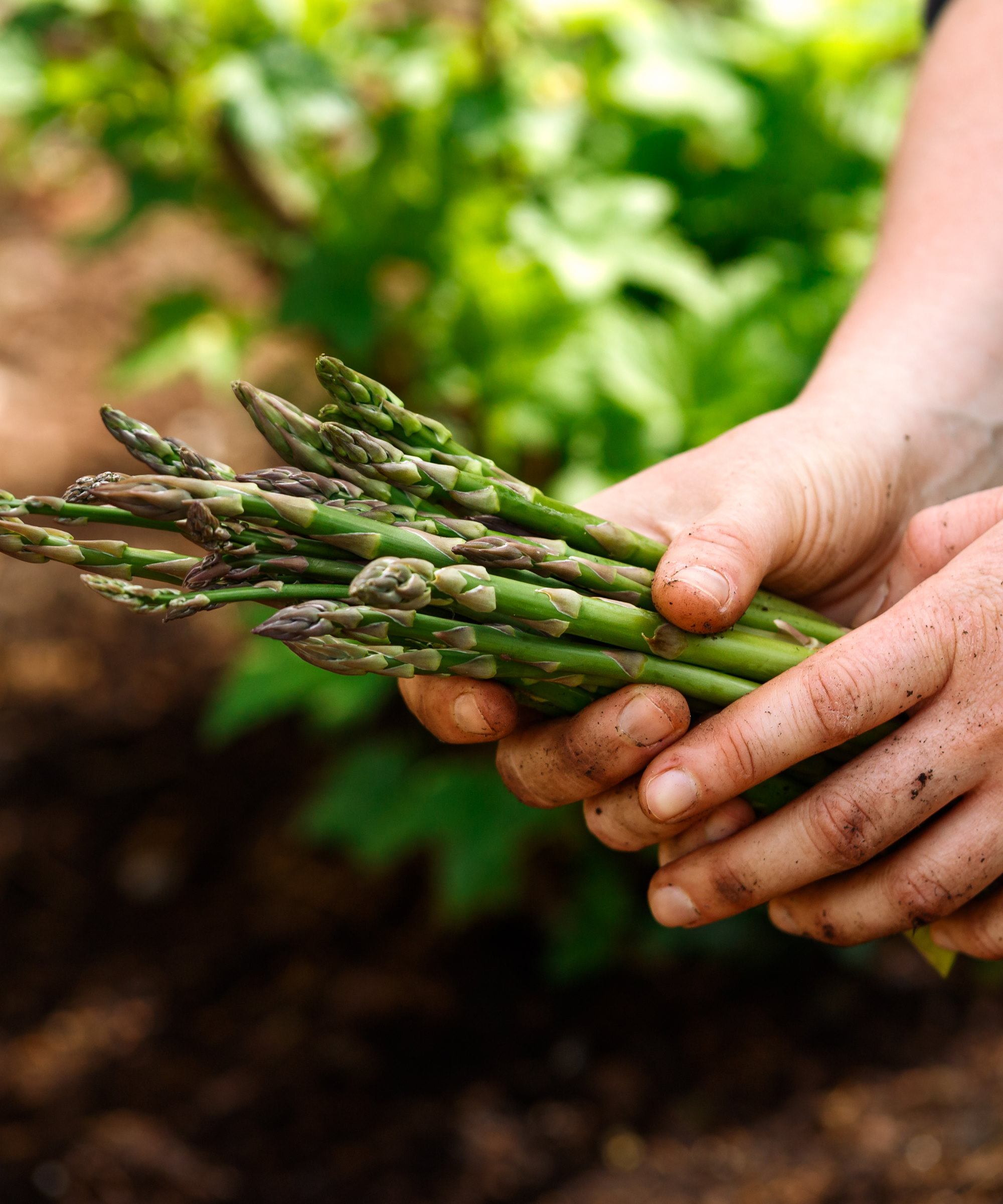
Taking advantage of beneficial asparagus companion planting combinations allows you to have healthy, pest-free plants and a fantastic harvest of tender spears during the plant’s short harvesting season of late spring and early summer.
Crops in the nightshade family, herbs, lettuce, flowers, and more are good for asparagus companion planting. The mutually beneficial advantages of pairing them include reduced pest problems and improved harvests.
However, where there is good there are also bad crops for companion planting. So we reveal some of the best plants to put nearby when growing asparagus, along with some best kept a good distance away.
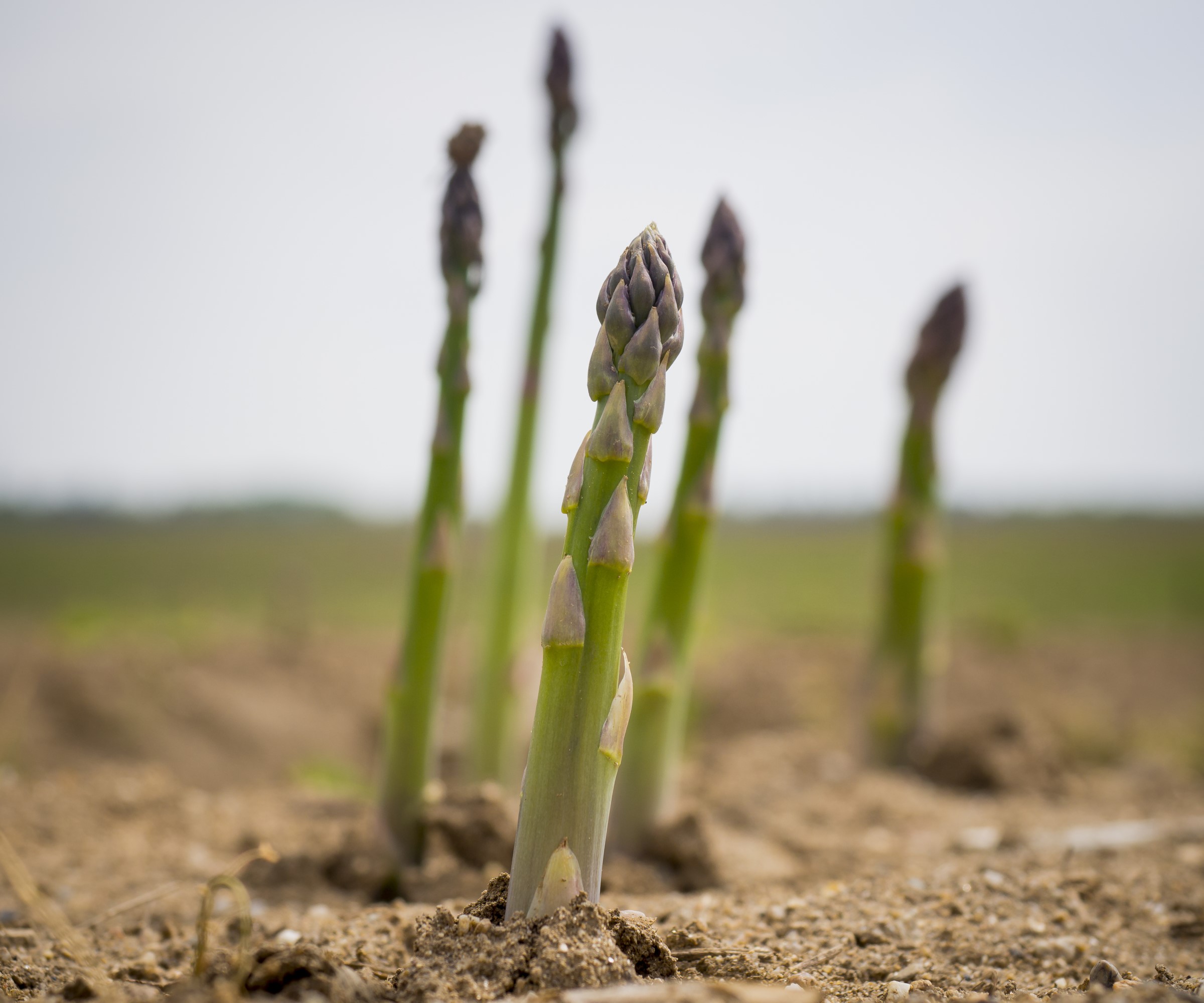
Companion planting with asparagus - the friends and foes
This guide looks at some of the best and worst decisions you can make for asparagus companion planting. When planning your vegetable garden, pick those from the good list and avoid making the companion planting mistake of growing this perennial vegetable next to crops that can ruin your asparagus harvest.
Good combinations for asparagus companion planting
The following crops are ideal for asparagus companion planting and you get benefits from putting them together in the garden.
Tomatoes
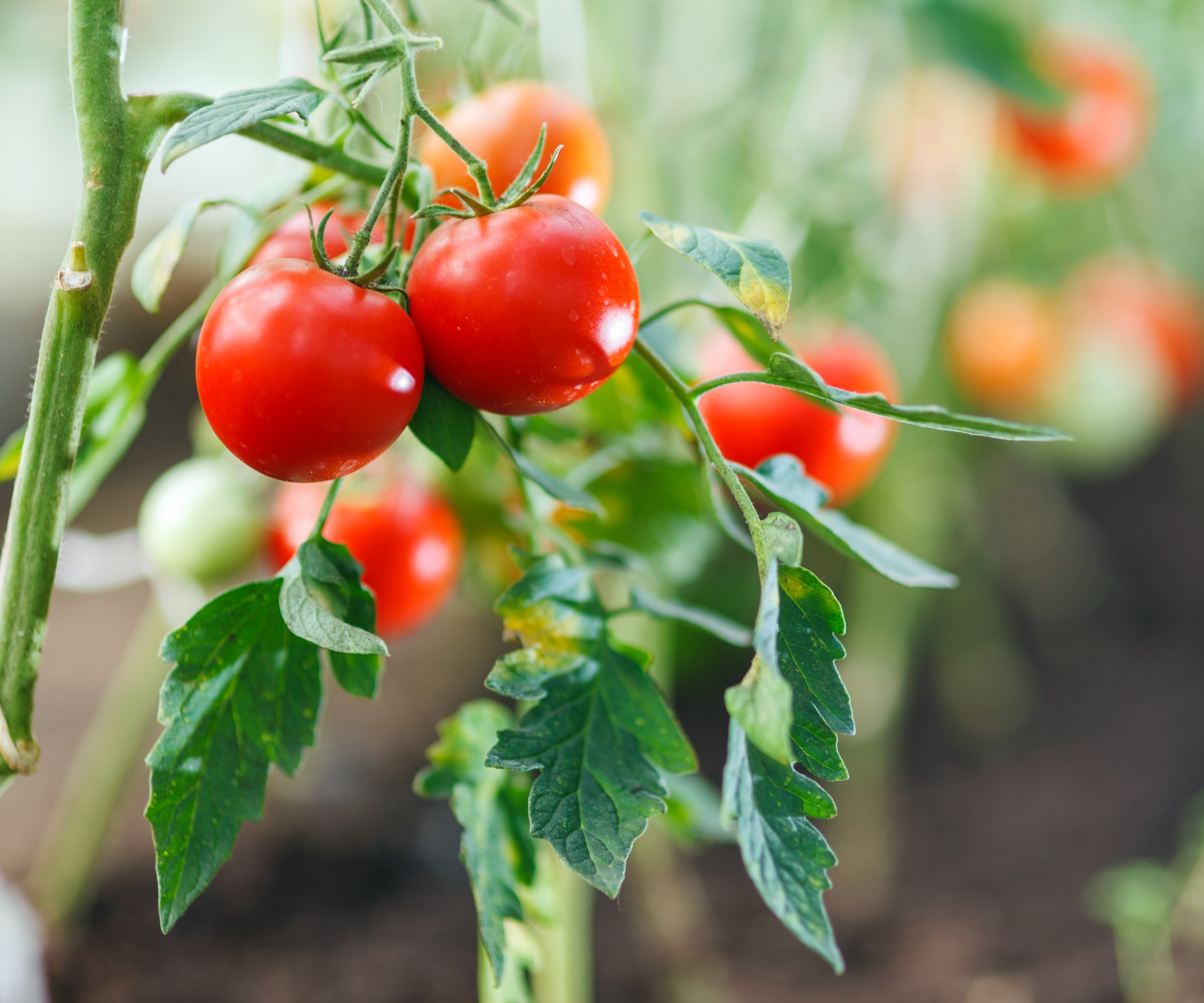
Tomatoes and asparagus are a dream companion planting combination as they protect each other from nasty pests. Tomatoes release a chemical called solanine into the soil, which repels asparagus beetles, and asparagus repels nematodes, which are tomato pests that damage the roots of plants. It is a mutually beneficial asparagus and tomato companion planting partnership that keeps both plants happy, healthy, and productive. If you wonder where to grow tomatoes, put them near where you planted asparagus.
See the range of tomato plants and seeds at Burpee
Eggplant
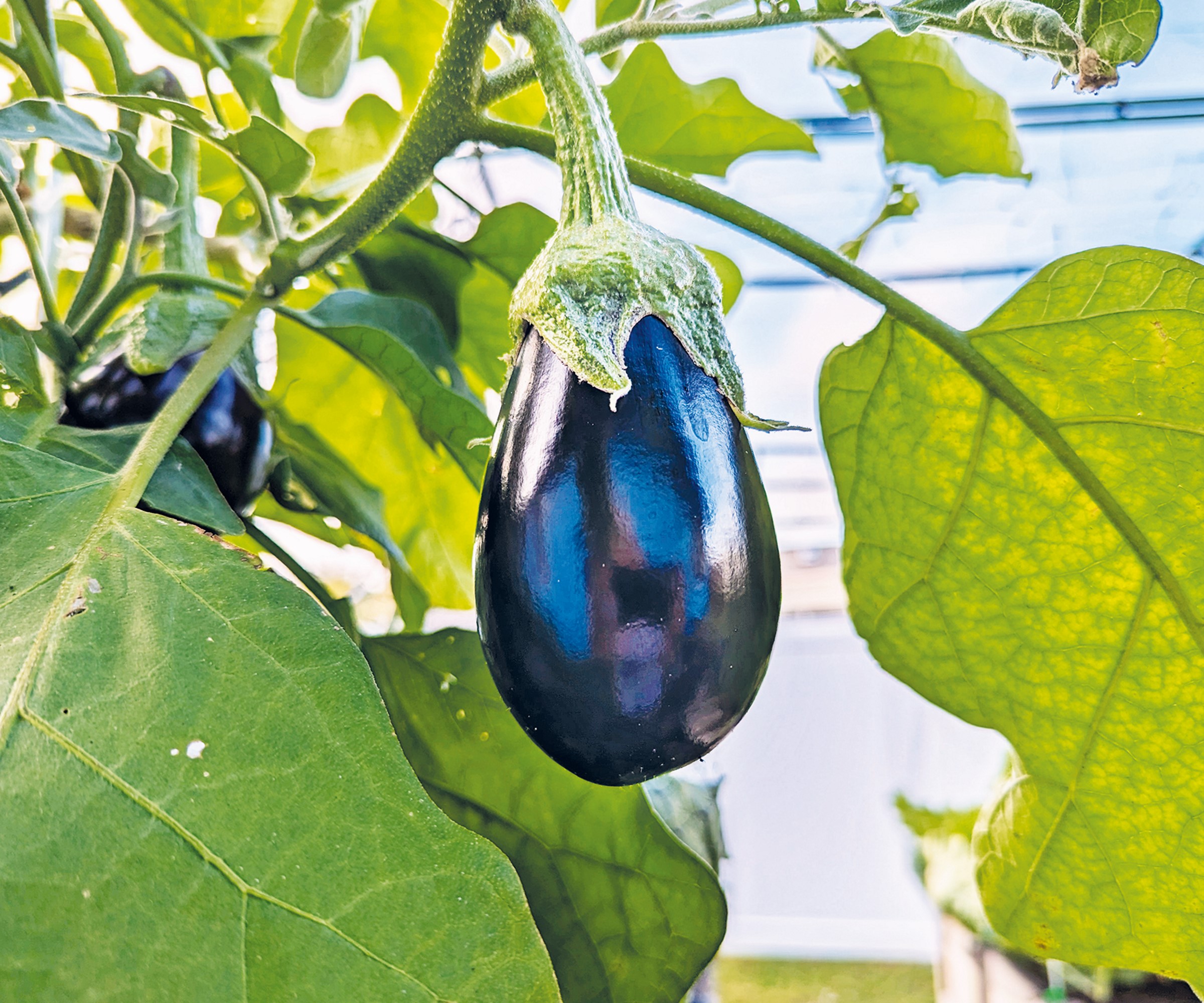
Growing eggplant as an asparagus companion plant works the same as with tomatoes. This is because eggplant is another nightshade plant that produces solanine to combat asparagus beetles. The eggplants also benefit from a reduced risk of nematodes during the growing season, helping you to get lots of eggplants to pick.
A collection of seeds to grow Black Beauty, Casper, Rosa Bianca, and Long Purple Eggplant at home. Each variety comes with easy-to-follow sowing and planting instructions.
Dill
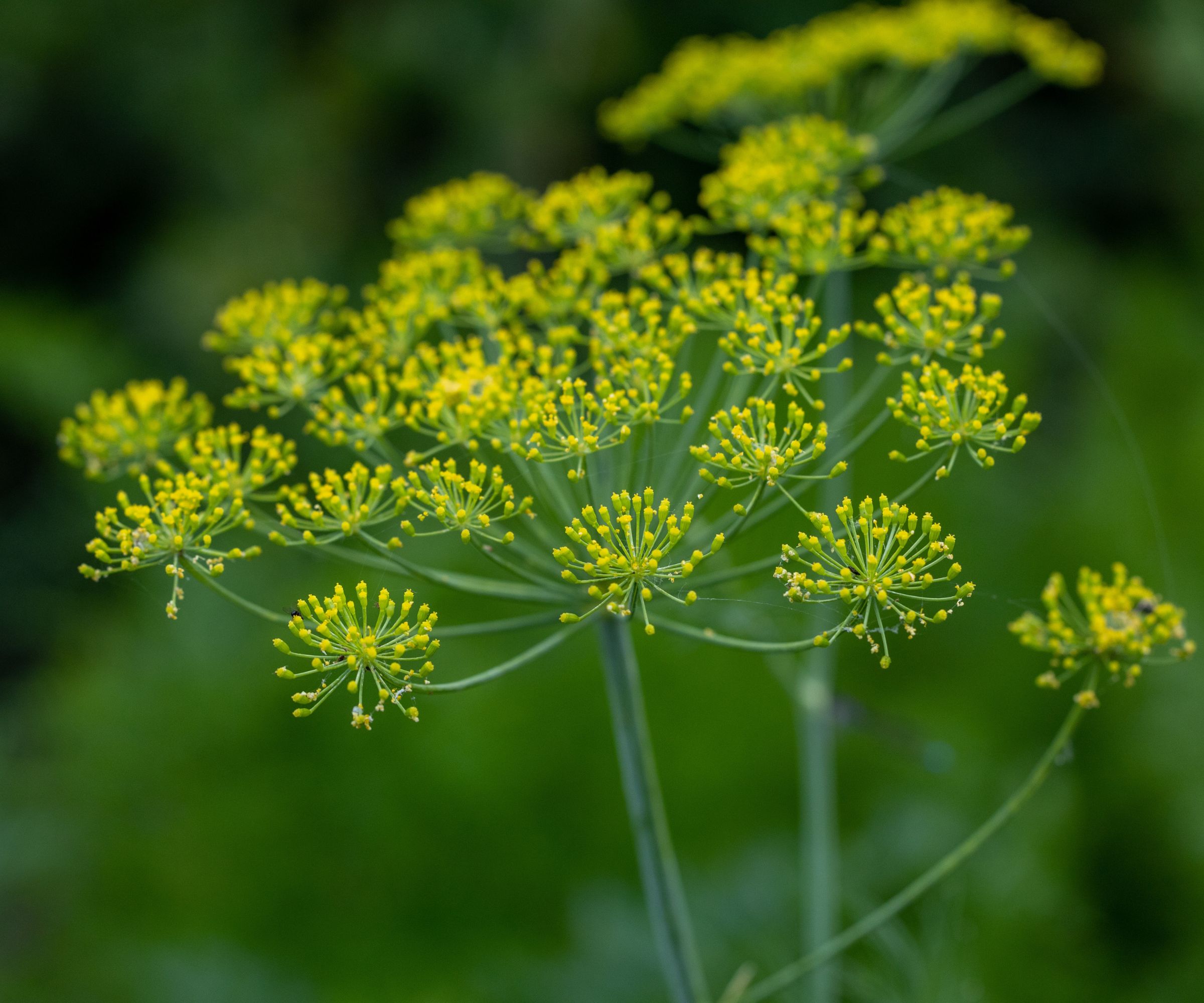
Dill and asparagus companion planting works well because the aromatic herb attracts beneficial insects that help deal with pests that otherwise munch on the stems. Dill is a great plant for attracting ladybugs and lacewings, which help to get rid of aphids and spider mites by eating the pests. So what does the dill plant get out of this beneficial relationship? Well, it prefers to grow in shadier and cooler conditions provided by the asparagus.
Long Island Mammoth Dill produces tall and feathered 24" silvery blue plants. It is known as 'Elephant Dill' due to its size and is best sown directly into the soil in spring.
Basil
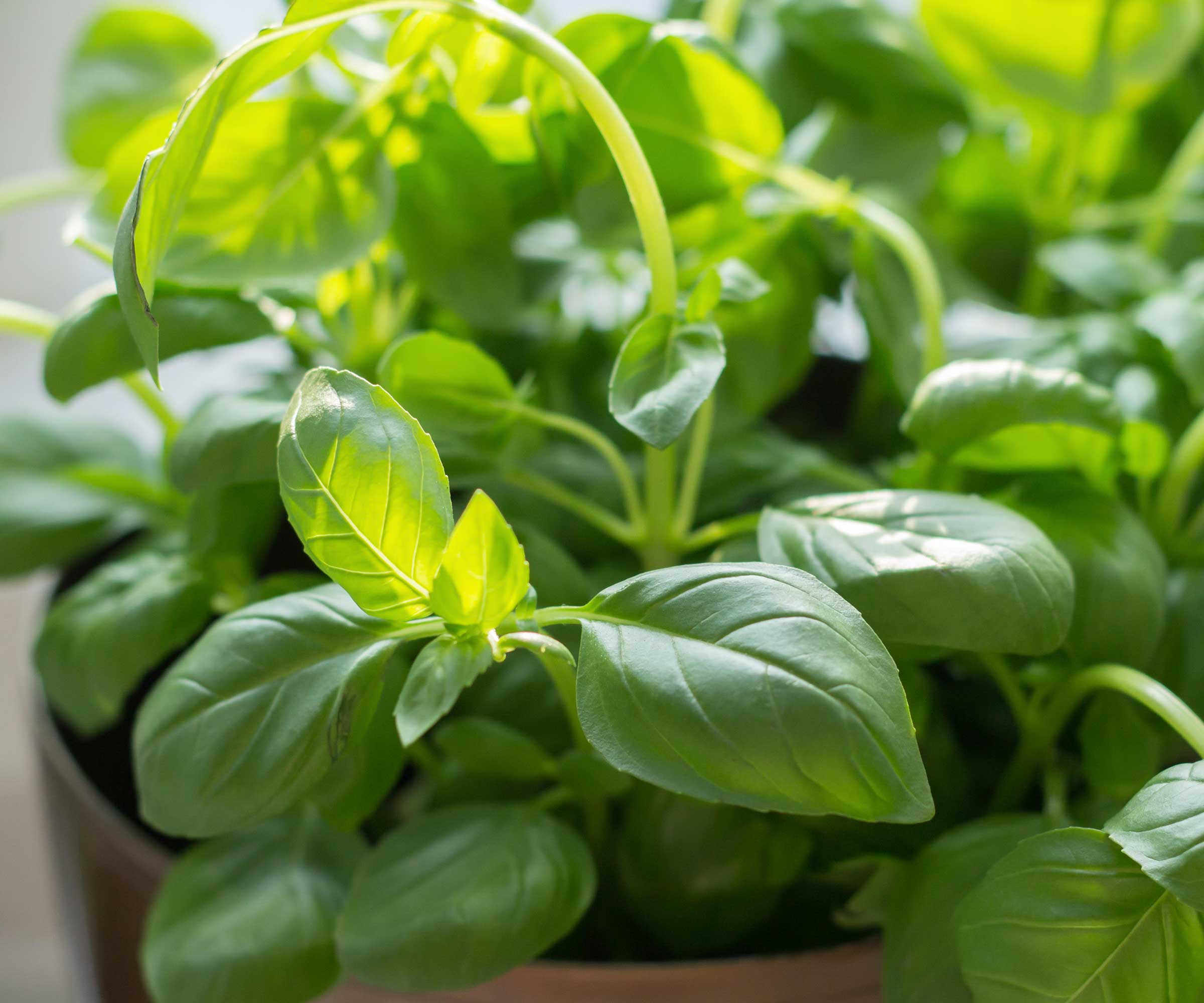
Another great herb for asparagus companion planting is basil. It is an easy herb to grow at home and basil attracts beneficial insects that help control asparagus beetle. If you are growing tomatoes near asparagus too, the basil helps repel tomato hornworms and keep plants healthy and thriving as a companion plant for asparagus.
Basil benefits from the shade of the taller asparagus and it can stop plants from bolting quickly during the summer. A range of basil seeds and plants are available at Burpee. An alternative to basil for asparagus companion planting is growing parsley, which offers all the same benefits in repelling pests.
Marigolds
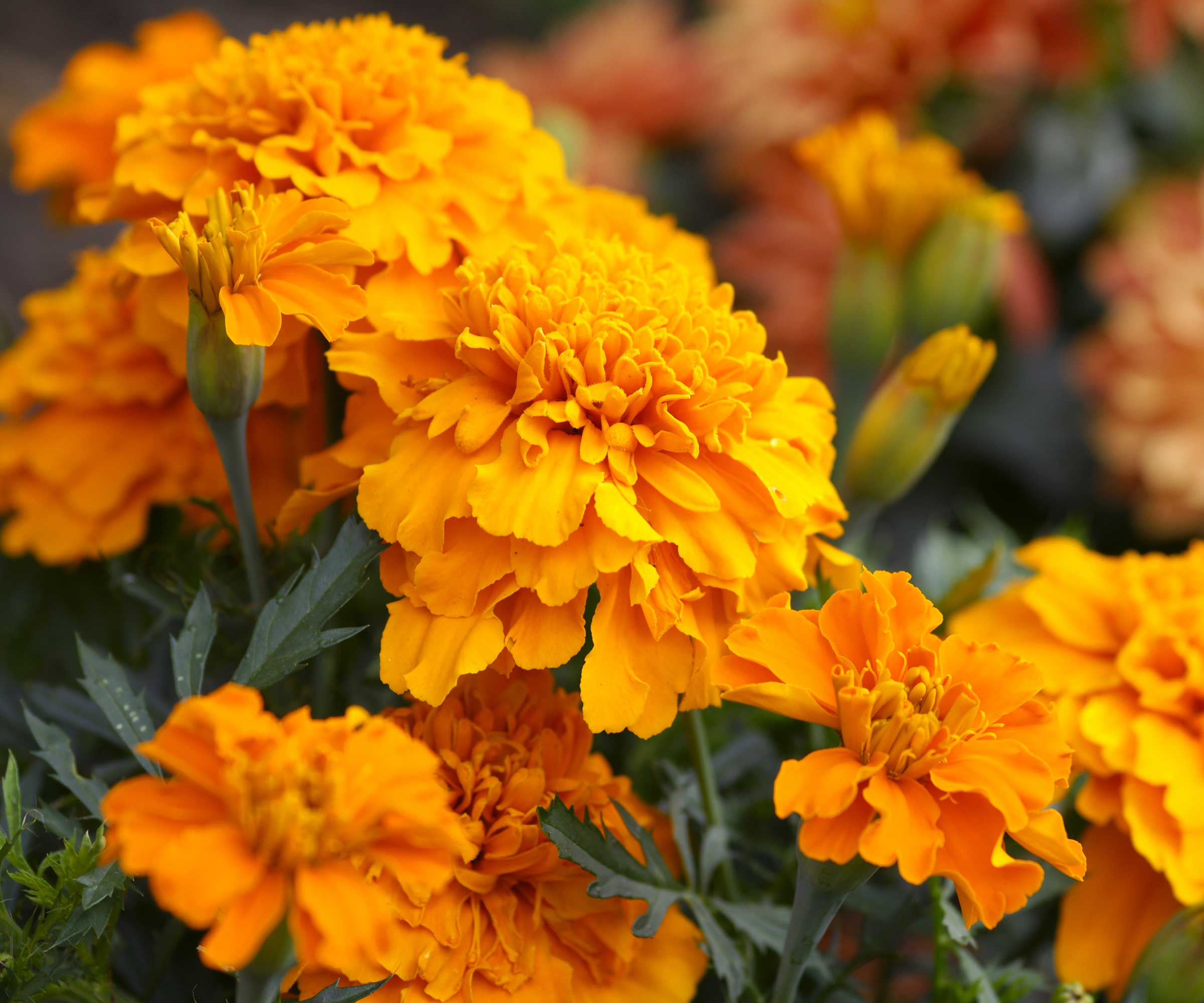
Growing marigolds for asparagus companion planting allows you to utilize their powers to repel pests and boost your harvests. Planting marigolds in a vegetable garden as natural pest control is highly recommended, as marigolds keep many bugs away.
They can repel aphids, whiteflies, and nematodes and act as a trap plant to keep slugs or thrips away from the asparagus. In addition to marigolds, growing nasturtiums or petunias near asparagus also helps repel many potential pests.
See the range of marigold seeds at True Leaf Market
Strawberries
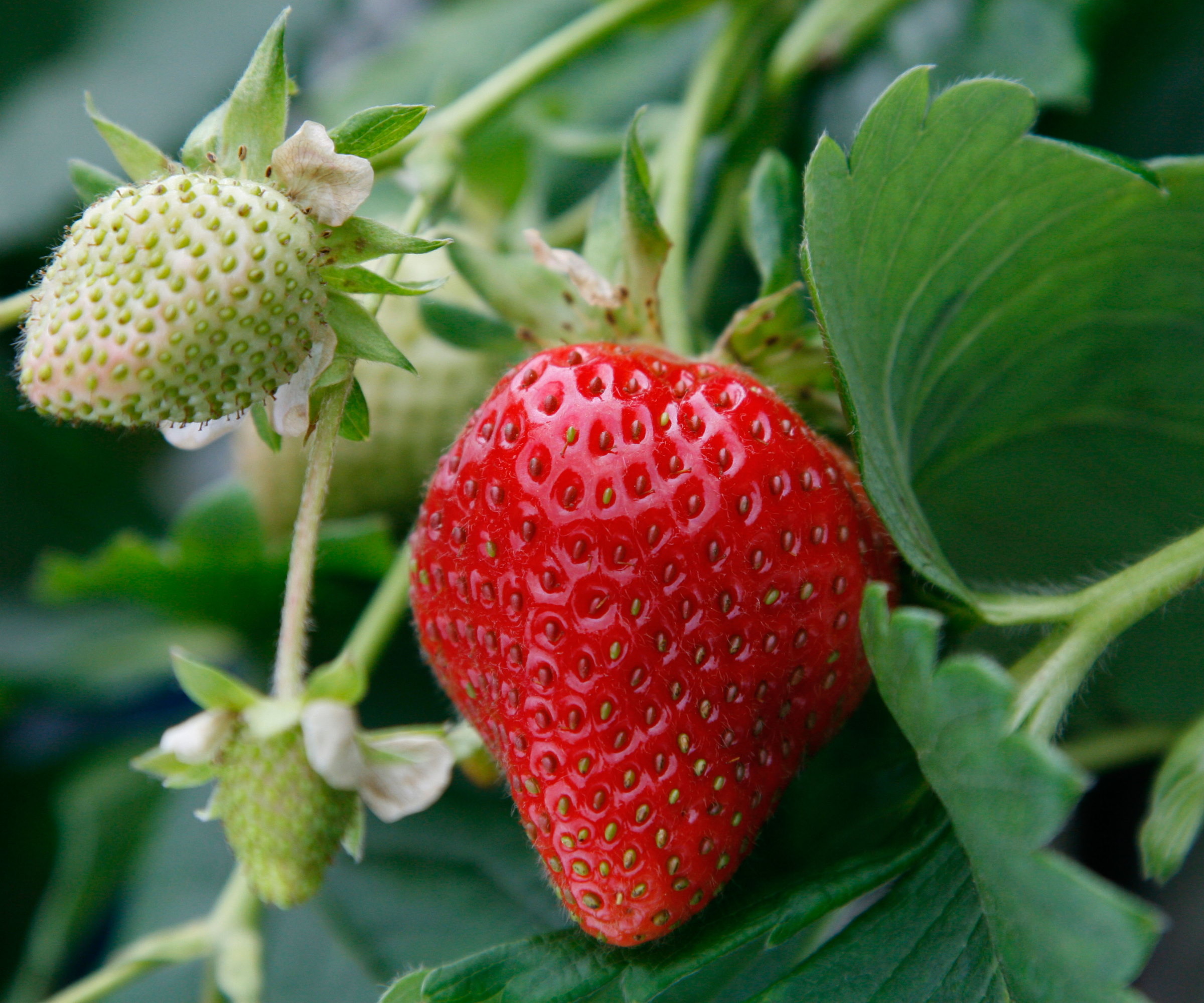
Companion planting asparagus and strawberries may sound unusual, but it is worth considering. The two plants are perennial and can form a great friendship for many years. Plant strawberries near asparagus and they will cover the soil as they develop, smothering weeds and providing ground cover to keep the soil cool and moist.
Strawberries grow roots near the surface, while the asparagus’s roots are deeper - so the two do not compete in the same zone for water and nutrients. Asparagus as a strawberry companion plant may, on first impression, seem odd, but the two do work together.
Fort Laramie is a hardy, highly productive, and delicious variety of strawberry that produces large fruits - up to the size of a ping-pong ball. The plants spread 12 - 18 inches and are suitable for zones 3-10.
Lettuce
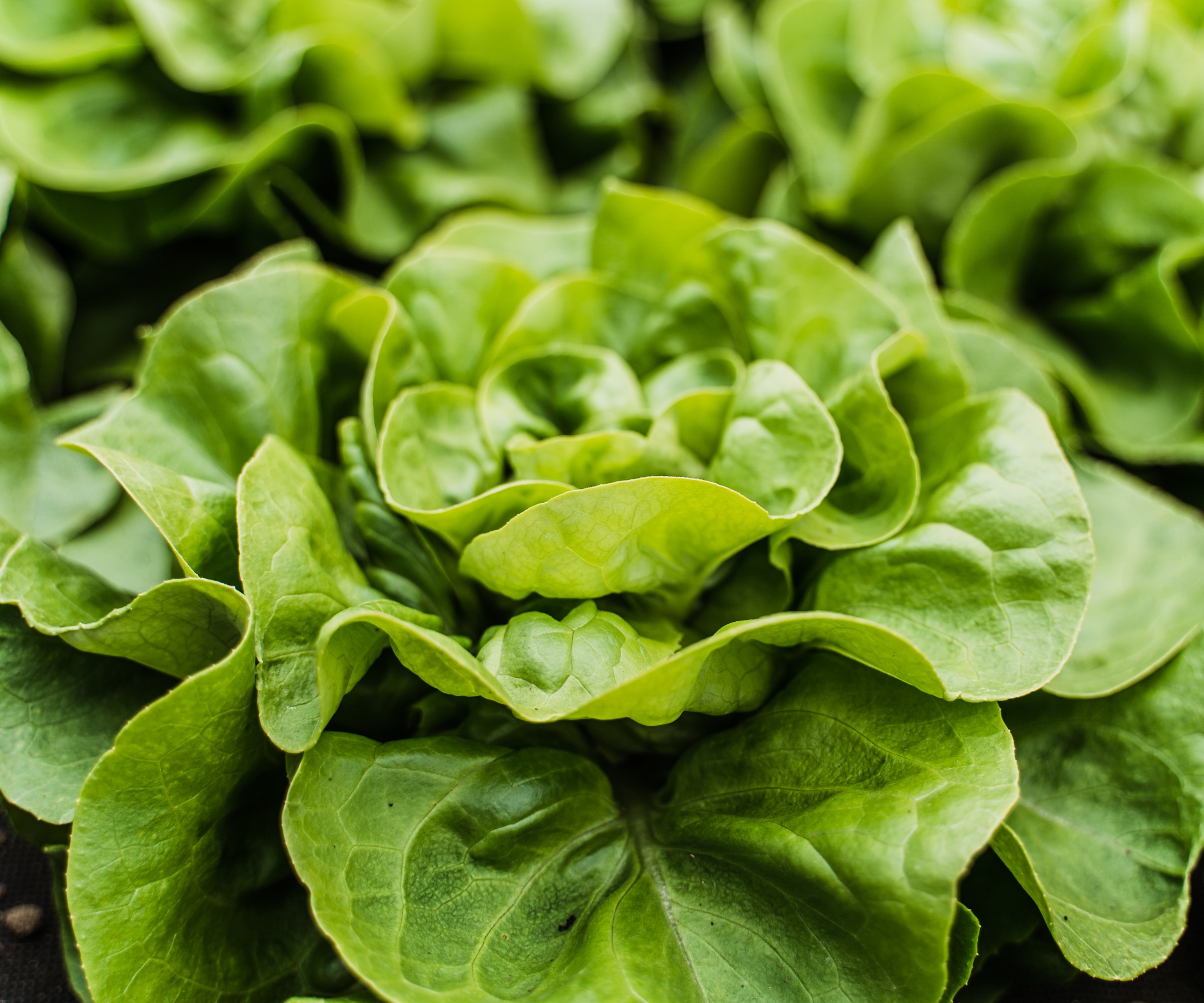
Growing lettuce near asparagus or between rows allows you to get a lot of harvests from one space. Lettuce does not take up much space, and the plants will benefit from the shade offered by taller asparagus fronds in the summer.
This shade can prevent bolting in the heat, and the reward is an increased lettuce harvest. Successional planting of lettuce also allows for multiple harvests throughout the year. Alternatives to lettuce include spinach or beets.
See the range of lettuce seeds at Burpee
Bad combinations for asparagus companion planting
The following crops are bad companion plants for asparagus and growing them nearby is not recommended.
Alliums
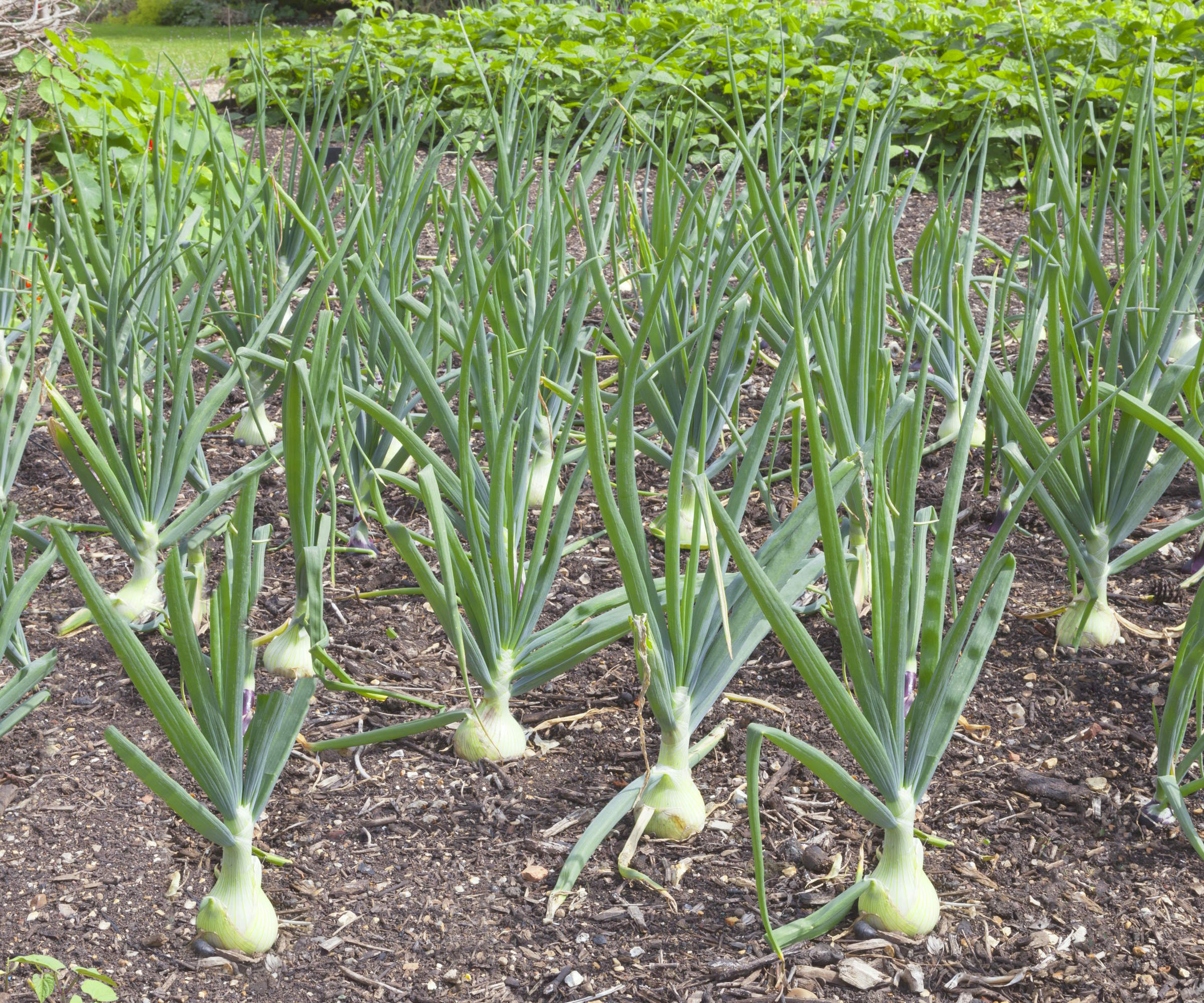
It is important to avoid planting any crops in the allium family with asparagus, including garlic, leeks, onions, chives, and shallots. Keep allium crops away from asparagus, as alliums are hungry plants that out-compete asparagus for the same nutrients and stunt its growth. The result can be a very disappointing harvest of asparagus spears.
Potatoes
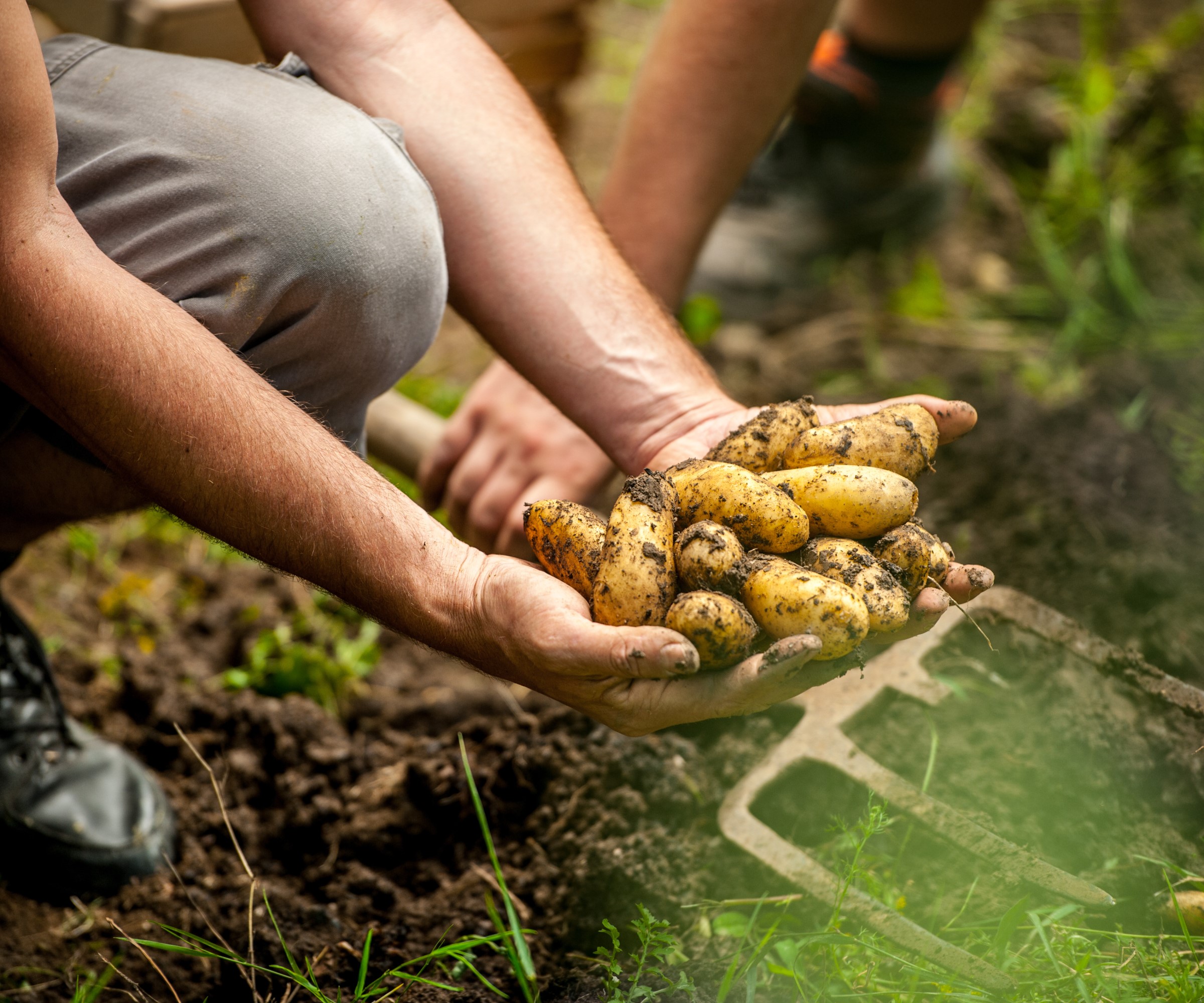
Asparagus is not a good companion plant for potatoes, and vice-versa, as they compete with each other. Growing potatoes and asparagus together sees them both occupy the same root zone and fight for water and nutrients.
This can result in both crops under-performing. Always plant potatoes away from asparagus or other hungry deep-rooting crops to avoid this issue. Deep roots also make carrots far from ideal for planting with asparagus.
FAQs
Can I plant squash with asparagus?
Growing squash and allowing the sprawling vines to cover the soil beneath the asparagus stems can help suppress weeds and retain moisture in the ground. Take care when harvesting squash to avoid damaging the asparagus ferns. They want to take in the maximum energy before the foliage turns yellow and dies before you cut back asparagus in the fall. It is preferable to grow winter squash with asparagus than summer squash varieties.
Asparagus crowns can last up to 20 years, but clumps can get overcrowded. A way to rejuvenate them, and boost your harvests, is to divide asparagus during dormancy in late fall or early spring. Lift older clumps and divide them into sections to plant elsewhere in the garden. Give the new crowns a good watering and mulch the surface to retain moisture in the soil. The newly planted clumps will give you more opportunities for asparagus companion planting.







